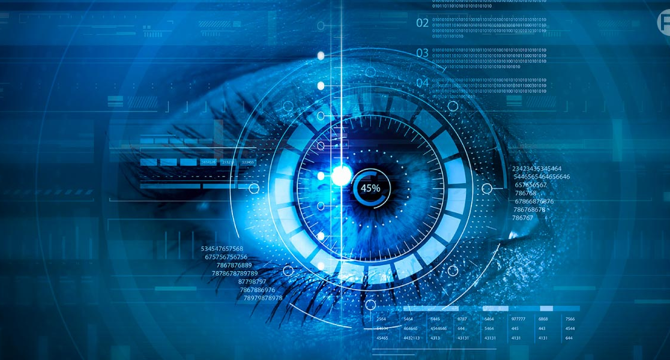Medium
3w
140

Image Credit: Medium
Introduction to Computer Vision
- Computer vision is a subfield of AI and ML that allows machines to understand digital images and videos, and extract information.
- Computer vision involves statistics, mathematics, and disciplines like deep learning to classify images, detect objects, track motion, and recognize human emotions.
- Computer vision and image processing differ in their objectives and applications. The latter prepares images for analysis or human perception.
- Hardware requirements for computer vision include cameras, sensors, powerful CPUs, and GPUs. Software requirements include OpenCV, TensorFlow, and PyTorch.
- Computer vision processes involve feature extraction, segmentation, object detection and recognition, classification, tracking, and post-processing.
- Computer vision has numerous applications in automotive, healthcare, sports, and surveillance where it transforms how deliver tasks and services.
- Despite recent remarkable advancements, computer vision still faces limitations and challenges, including lightning issues, adverse weather conditions, data bias, ethical concerns, and algorithmic limitations.
- Image segmentation is the process of partitioning an image into segments/clusters, and this technique is applied to locate objects and boundaries in images.
- A hands-on tutorial on image segmentation using k-means clustering can simplify and reduce the complexity of images for further analysis.
- Practical applications of computer vision and the hardware and software requirements needed to implement it are crucial to extract information from meaningful interpretations in various fields.
Read Full Article
8 Likes
For uninterrupted reading, download the app